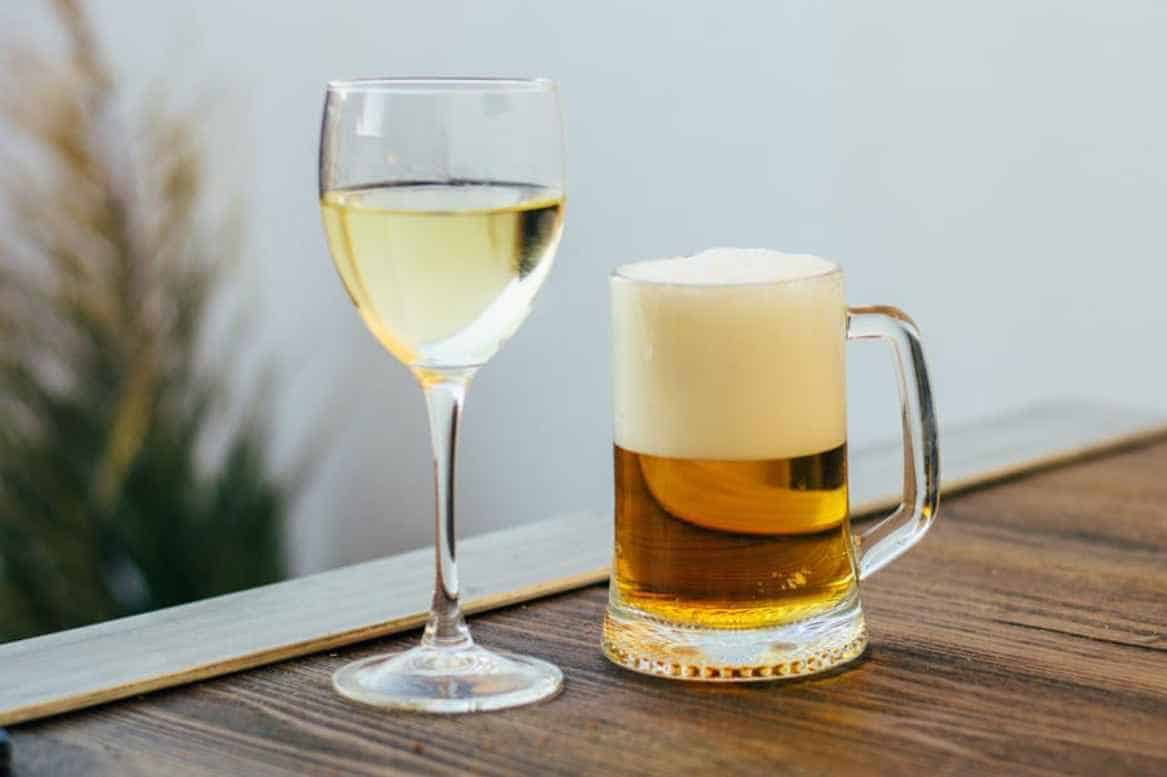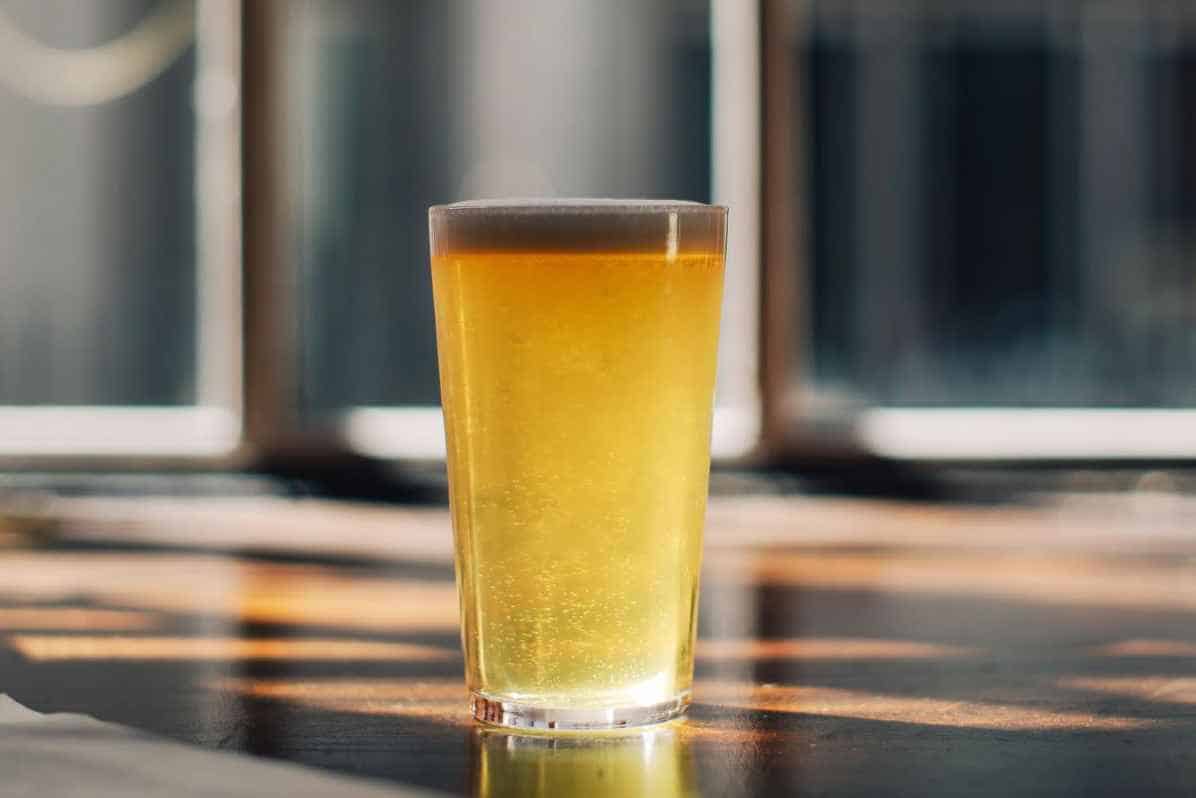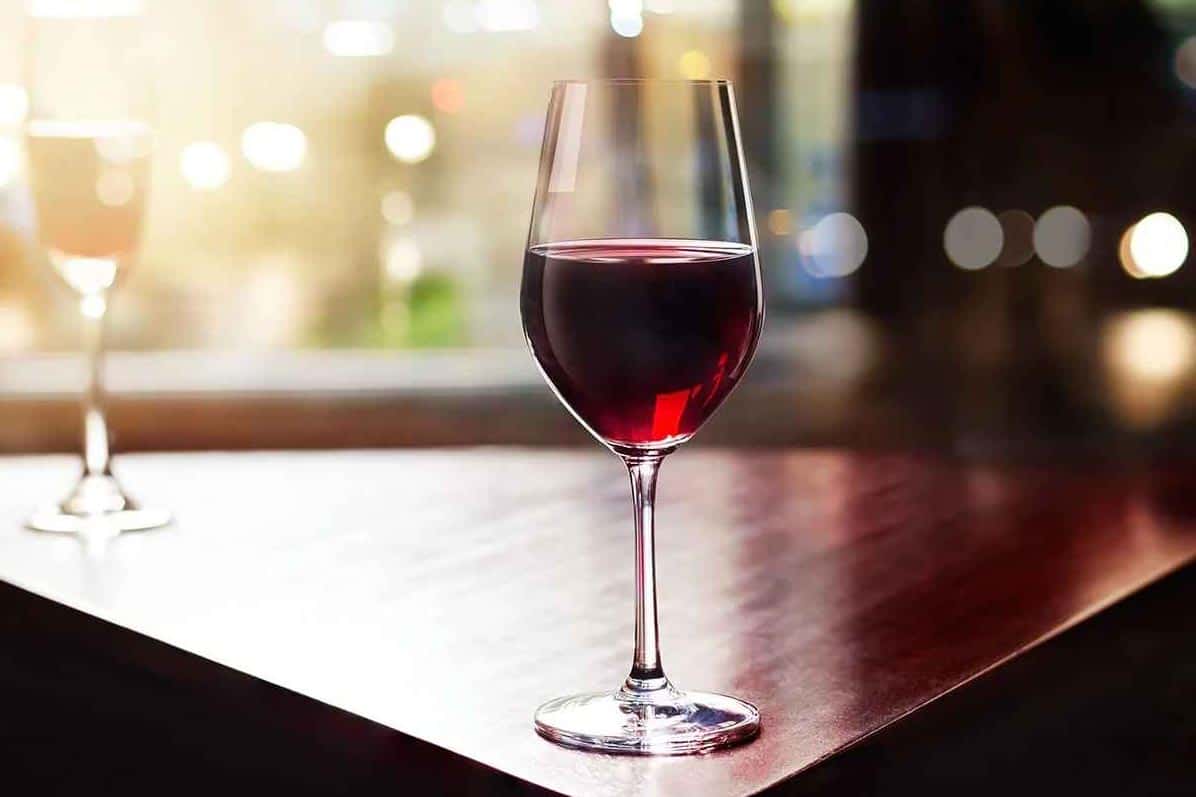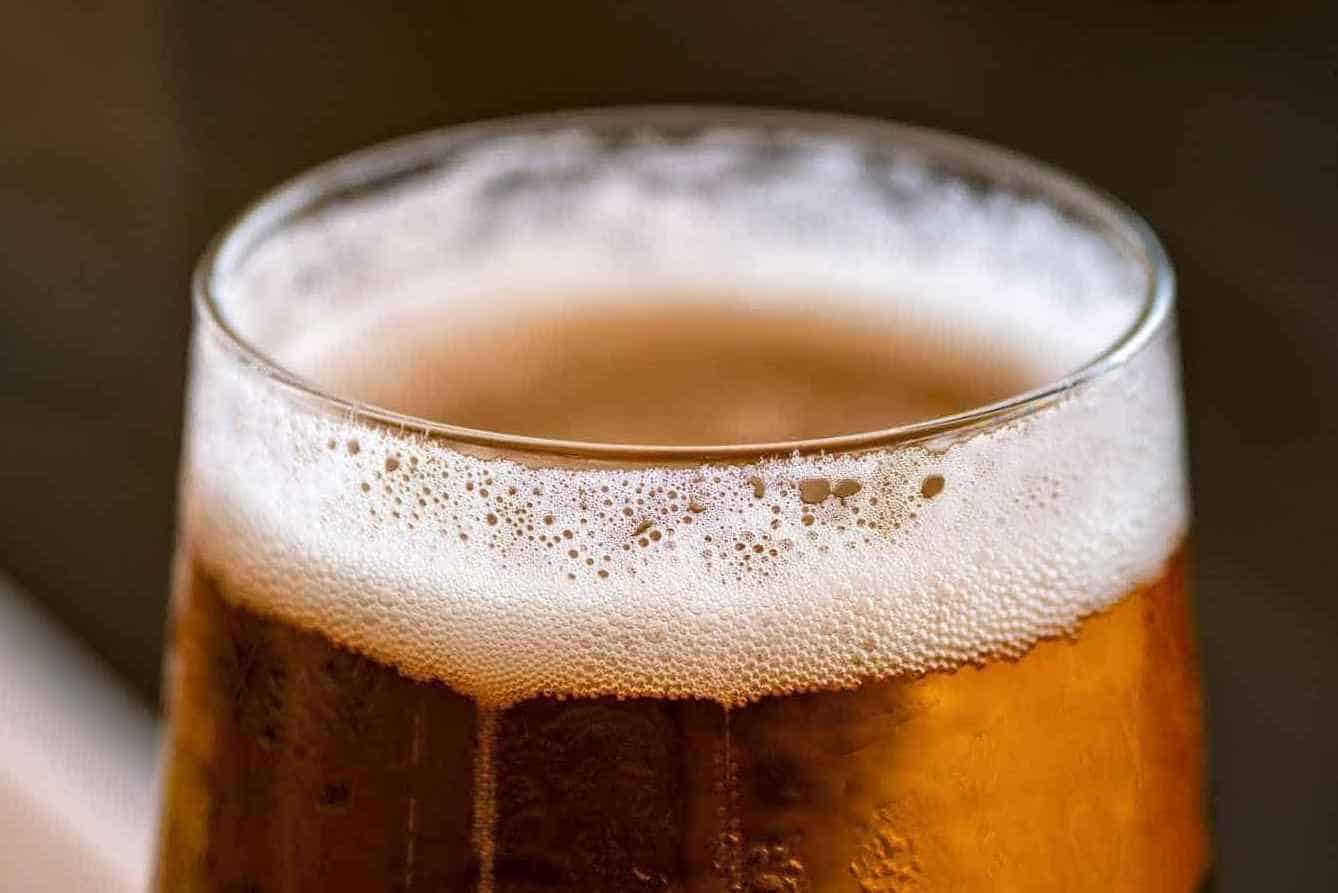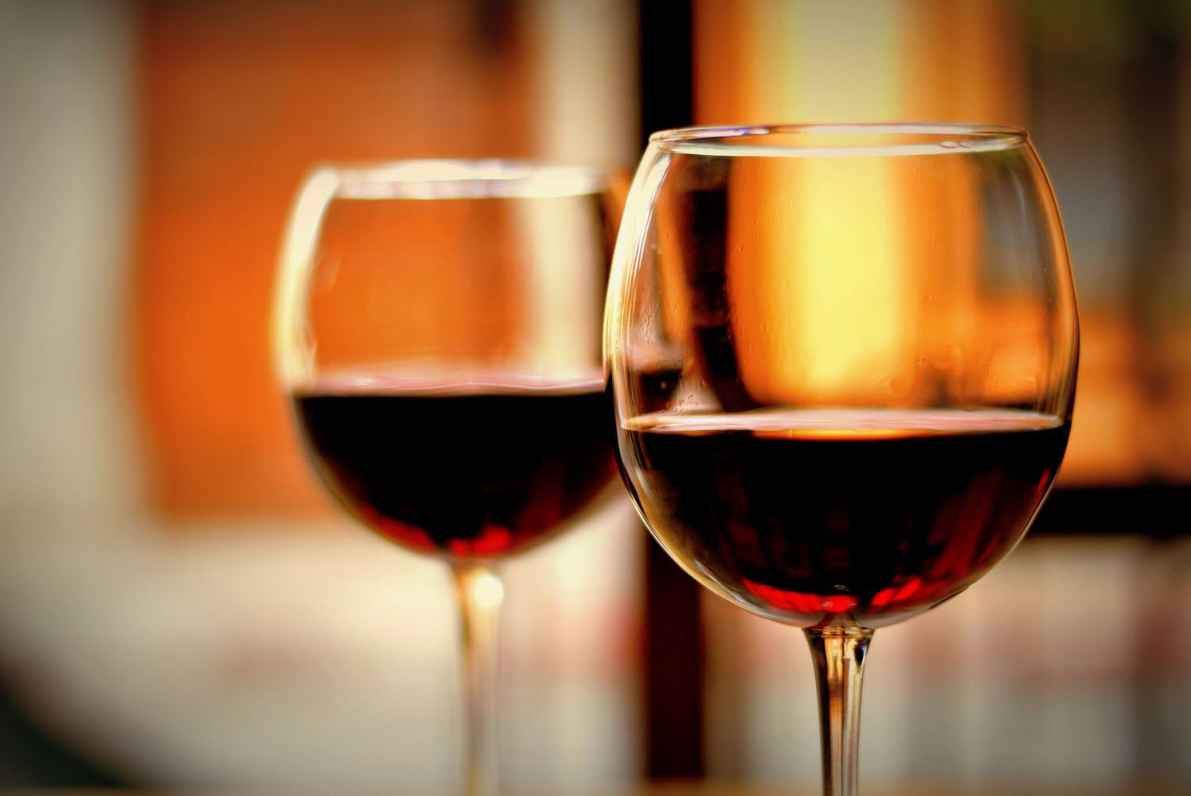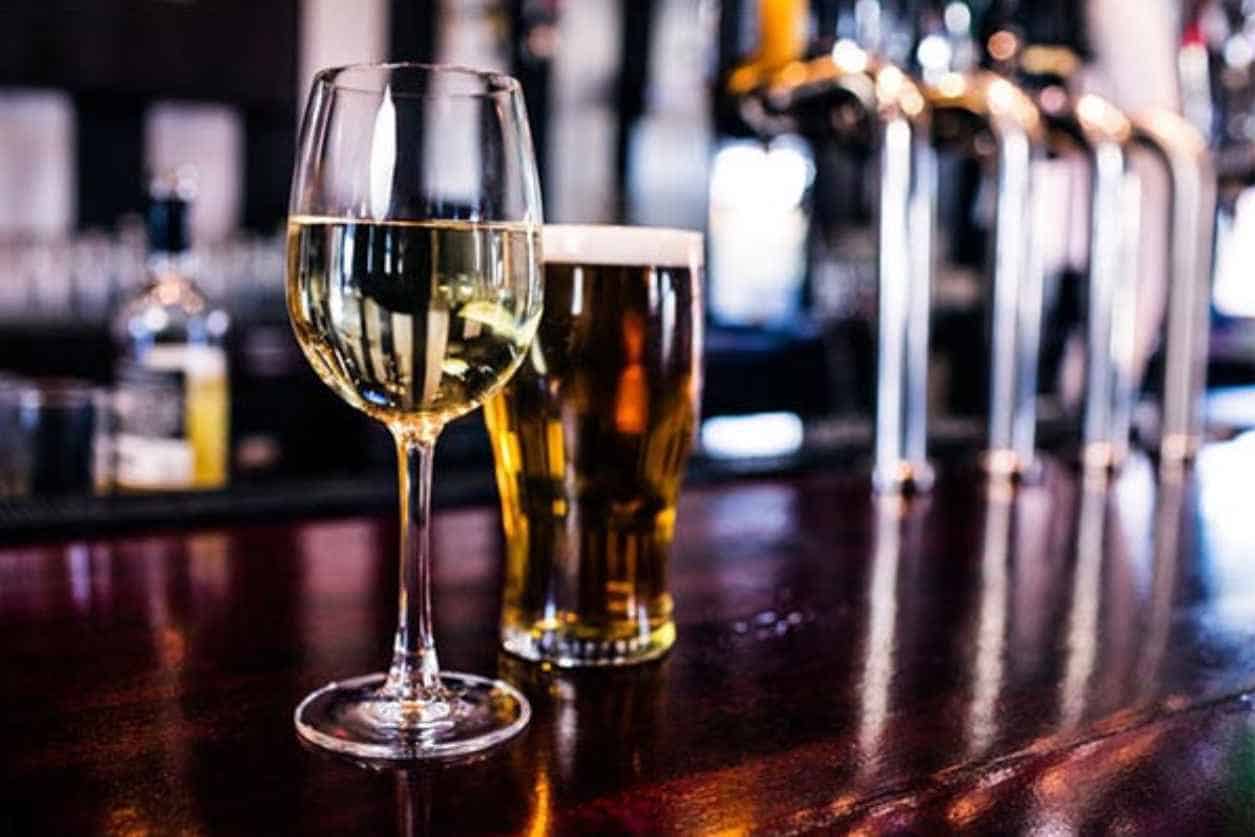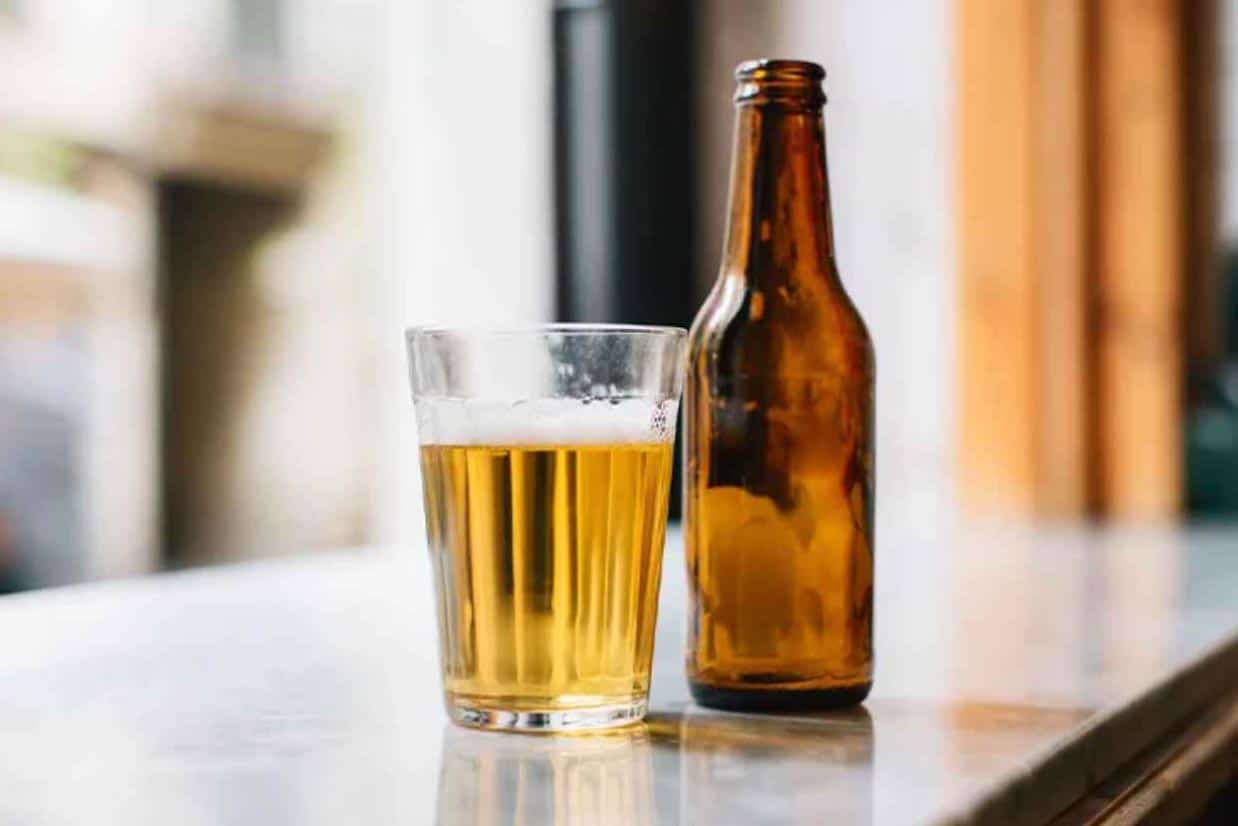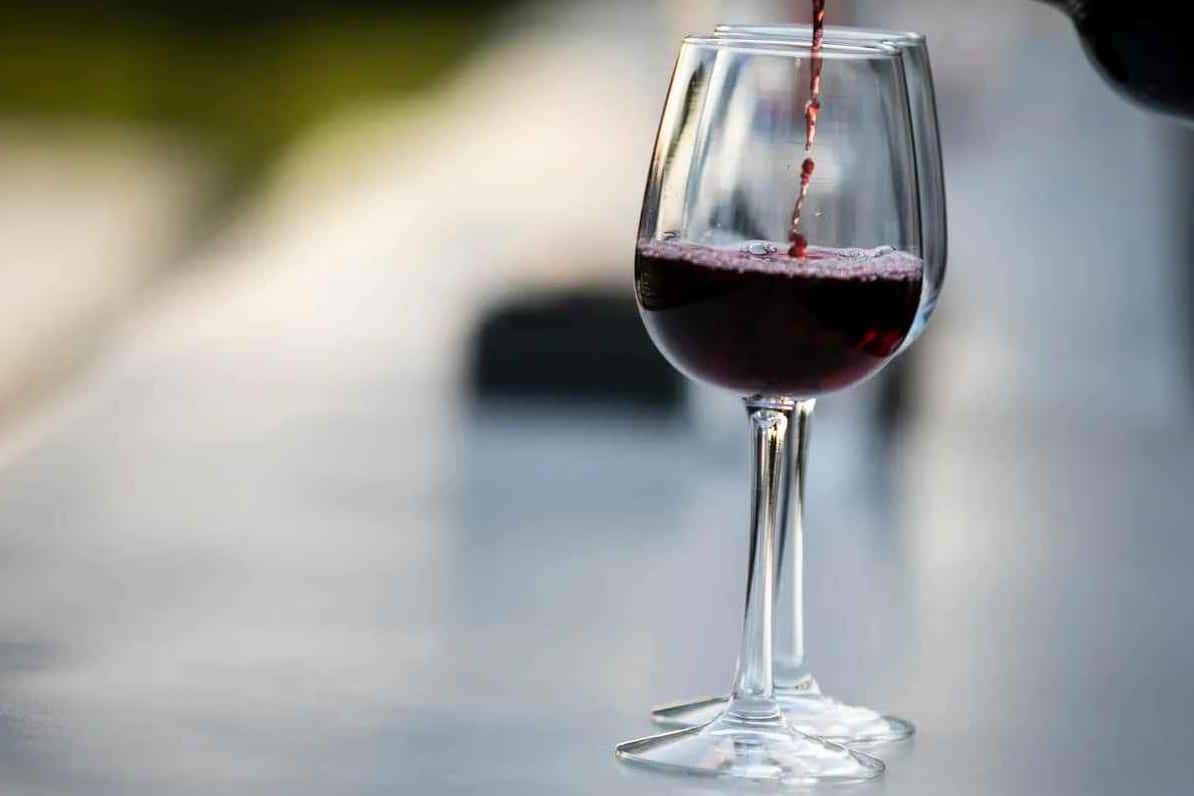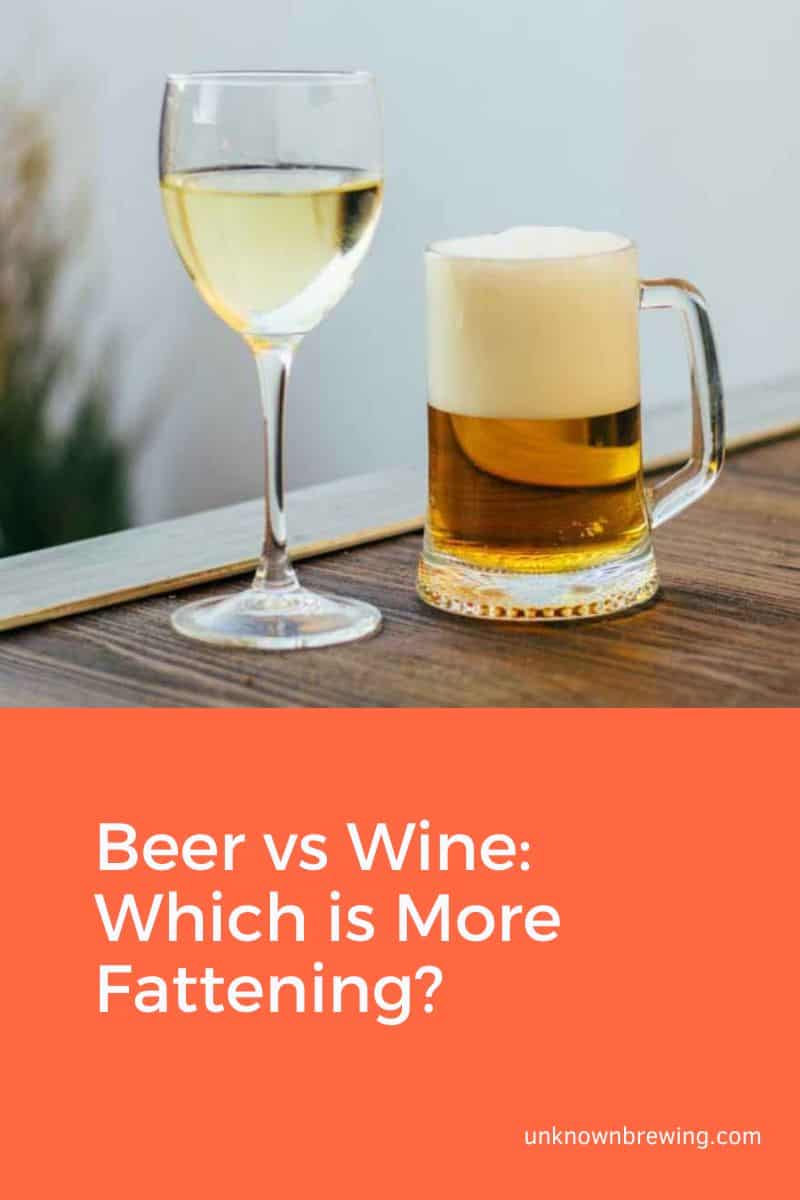It is known around the globe that drinking alcohol can make you fat. And since alcohol contains calories and sugars—that cause our beverages to be tasty, avoiding alcohol is one of the most common ways to lose fats.
However, what if you’re a person who’s contemplating and wants to drink an alcoholic beverage but doesn’t want to get fat? So, what you did was choose these two alcoholic beverages, beer and wine, but still, you’re unaware of how many calories they have.
Well, fear no more since we’re about to tell you which has more calories between beer or wine!
Beer and Wine: A Short Introduction
Before we continue, let’s start with the basic introduction of the two of them. Undoubtedly, you know their simplest definition, characteristics, and taste; nevertheless, we’re here to give you a short introduction about them. So let’s proceed!
What is beer?
When a beverage is made from cereal grains such as hops, yeast, water, and barley, it is basic knowledge that this alcoholic beverage is one of the most popular beverages around the world—beer! It is one of the oldest and most predominantly consumed alcoholic beverages.
Moving on to its brewing process, of course, involves fermenting. It ferments the grains in order to create alcohol and carbonates the quencher to give its wonderful bubbles.
Beers usually come in different styles and flavors (ales, lagers, pilsners, and stouts), which are consumed mostly either in canned and bottled or glass—that are often enjoyed on any special occasion.
What is wine?
Let’s now talk about what wine is. So, wine is an alcoholic beverage that is made from fermented grapes or other fruits. Its flavor ranges from sweet to dry, and sometimes it has a wide different variety of flavors such as white, sparkling, rose, and the most famous one, which is red wine.
During its brewing process, wine usually involves crushing the grapes and fermenting its juice to produce the alcohol. Brewers let it sit for a number of days and times so that the alcohol age inside the barrels.
Commonly, wine is associated with fine dining meals and is usually served and enjoyed at any event. And additionally, wine has a wide history, with shreds of evidence of wine production dating back thousands of years around the world.
Counting the Calories: A Quick Guide
Has it ever crossed your mind to know how much are the calories of beer and wine? Have you ever thought of comparing their calories? Well, you don’t have to worry anymore since we have created a table where you can compare the calories you intake from these two famous beverages, wine and beer.
Beer Calories
Proceeding to the calorie count of beer, it’s very important to bear in mind that all the calories stated below are just prediction—which is to say, they are just estimated, and the actual calorie count, of course, vary depending on the brand of beer you’re drinking.
So it’s very important to know the brand and type of beer in order for you to know how many calories you’re about to intake.
| Beer | Calories (12oz) | ABV (Alcohol by Volume) |
| Ale or Ipa | 163 – 228 cal | 5% to 6.5% |
| Belgium | 201 – 303 cal | 6.5% to 9.5% |
| Craft Beer | 175 – 250 cal | 4% to 20% |
| Imperial Ipa | 260 – 360 cal | 9% to 12% |
| Lager | 140 – 191 cal | 4% to 5% |
| Light Beer | 95 – 139 cal | 3% to 5% |
| Regular Beer | 145 – 165 cal | 4% to 6% |
Overall, if you prefer drinking beer over wine, light beers are the best option when it comes to low calories; next on it is regular beer. However, if you want to monitor your calorie intake, then you should avoid beers such as Imperial Ipa and Belgium beers.
Wine Calories
In this table, of course, it is crucial to remember that these counts are just in general—meaning to say, they are all estimated. So if you want to know the exact count of your calorie intake, you should base it on the specific brand and type of wine you’re drinking.
Some wines have additional calories because of the added sugars, so it’s necessary to check the label and brand for accuracy. In addition, the serving size of the wine you’re drinking may also affect your calorie intake; therefore, see to it that you measure your portions carefully.
| Wine | Calories (6oz) | ABV (Alcohol by Volume) |
| Champagne | 125 – 160 cal | 12% |
| Dessert Wine | (3oz) 220 – 260 cal | 16% to 20% |
| High ABV Wine | 187 – 219 cal | 13.5% to 16% |
| Light White Wine | 95 – 139 cal | 8% to 10% |
| Red Wine | 150 – 180 cal | 12% to 15% |
| Rose Wine | 145 – 175 cal | 10% to 14% |
| Sparkling Wine | 102 – 144 cal | 12% to 14% |
| Standard Wine | 175 – 187 cal | 12.5% to 13.5% |
| White Wine | 140 – 165 cal | 11% to 14% |
All in all, the wine that has a high count of calories is the dessert wine; next to it are the wines that have the highest ABV. On the other hand, the wine that has the lowest calories is the light wine; second to it is the sparkling wine.
So make sure to remember these wines when you want to drink with your friends without consuming a high amount of calories.
If you want to know more about their calories, here’s a video you can watch:
Which will make you fat? Is it beer or wine?
In all honesty, it’s complicated to tell which of the two will make you fatty because it really depends on several factors, such as serving sizes, frequency of consumption, and overall calorie intake.
However, if we’re going to base on the chart above, beers have more calories than wines. So in its simplest term, if you will consume beer frequently, you’ll be more likely to gain fat—or so-called beer belly.
So it’s best to still limit your alcohol intake since any of the two can make you fat, not to mention its harmful effects on your health. Therefore, the best way to maintain a healthy weight is to maintain a healthy diet by exercising regularly and limiting your calorie intake—which involves drinking beer or wine.
Beer and Wine Health Benefits
Which is healthier is it wine or beer? That question is still a topic of debate among scientific research, but as you know, drinking both wine and beer moderately can have their own health benefits, such as:
Beer Consumption Potential Health Benefits
- Improved Heart Health: Consuming beer moderately can reduce the risk of stroke and even heart disease because beer is abundant in antioxidants, such as polyphenols, which can easily protect the consumer against any damage related to the heart and blood vessels.
- Improved Kidney Health: This one may come as a surprise, but researchers suggested that drinking beer in moderate amounts can help reduce the risk of developing kidney stones.
- Improved Cognitive Function: Some Studies also show that moderate beer consumption can also improve the cognitive function of the consumer, and it can even reduce the risk of dementia.
- Vitamins and Minerals: Beer is a good source of vitamins and minerals such as niacin, folate, and potassium, which is a must for our health.
In conclusion, both them have benefits to offer. However, it is important to keep in mind that these benefits can be achieved if you have a proper diet and regular exercise.
Some Wine and Beer that has Low Calories
Embrace the fantastic low-calorie wines and beers and say goodbye to an unhealthy lifestyle!
Despite having fewer calories, these drinks boast unique and delicious flavors that you can indulge in for a healthier drinking experience.
Don’t sacrifice your health for your love of wine and beer. Instead, try these low-calorie alternatives and treat your taste buds to their savory flavors while taking care of your well-being!
Best Low-Calorie Beers:
| Beer Brands | Calories | Alcohol Content |
| Bud Light Next Beer | 80 Calories | 4% ABV |
| New Holland Lightpoint | 86 Calories | 3.7 ABV |
| Budweiser Select 55 | 55 Calories | 2.4% ABV |
| Michelob Ultra Pure Gold | 85 Calories | 3.8% ABV |
| Beck’s Premier Light | 64 Calories | 2.3% ABV |
| Yuengling Flight | 85 Calories | 3.8% ABV |
| Miller 64 | 64 Calories | 2.8% ABV |
| Lucky Saint Unfiltered Lager | 53 Calories | 0.5% ABV |
| Heineken Light | 99 Calories | 3.3% ABV |
| Small Beer Organic IPA | 87.5 Calories | 2.8% ABV |
Best Low-Calorie Wines:
| Wine Brands | Calories | Alcohol Content |
| Weight Watchers | 85 Calories per 148ml | 8.5% ABV |
| The Skinny Vine | 95 Calories per 142ml | 7.3% ABV |
| Brancott Estate Flight Song Range | 88 calories per 148ml | 9% ABV |
| Jacob’s Creek Cool Harvest | 100 calories per 120ml | 10.5% ABV |
| Mateus Light | 44 calories per 100 ml | 5.5% ABV |
| Crémant De Bourgogne | 86 calories per 102 ml | 12% ABV |
| Skinny Girl | 100 calories per 148 ml | 12% ABV |
| Banrock Station Light | 56-60 calories per 125ml | 5.5% ABV |
| The Light Grape | 92-120 calories per 148ml | 8.5% ABV |
| Torres Natureo de-alcoholised Muscat | 19 calories per 100ml | 0.5%ABV |
Final Thoughts
Now that we’ve reached the end of this blog, it’s proper to say that both of them offer calories and benefits that we should keep in mind. However, to retort to your question on which has more calories, beer or wine? The answer is that beer has more calories compared to wine.
So you must be cautious when you’re drinking beer if you want to monitor your calorie intake. And that’s it for our blog; we hope we did a great job helping you! Cheers!

As a homebrewer, Michael would get frustrated about the lack of brewing information on the internet. After hundreds of gallons of spoilt batches, Micheal had enough. And he founded Unknown Brewing as a resource for homebrewers.
